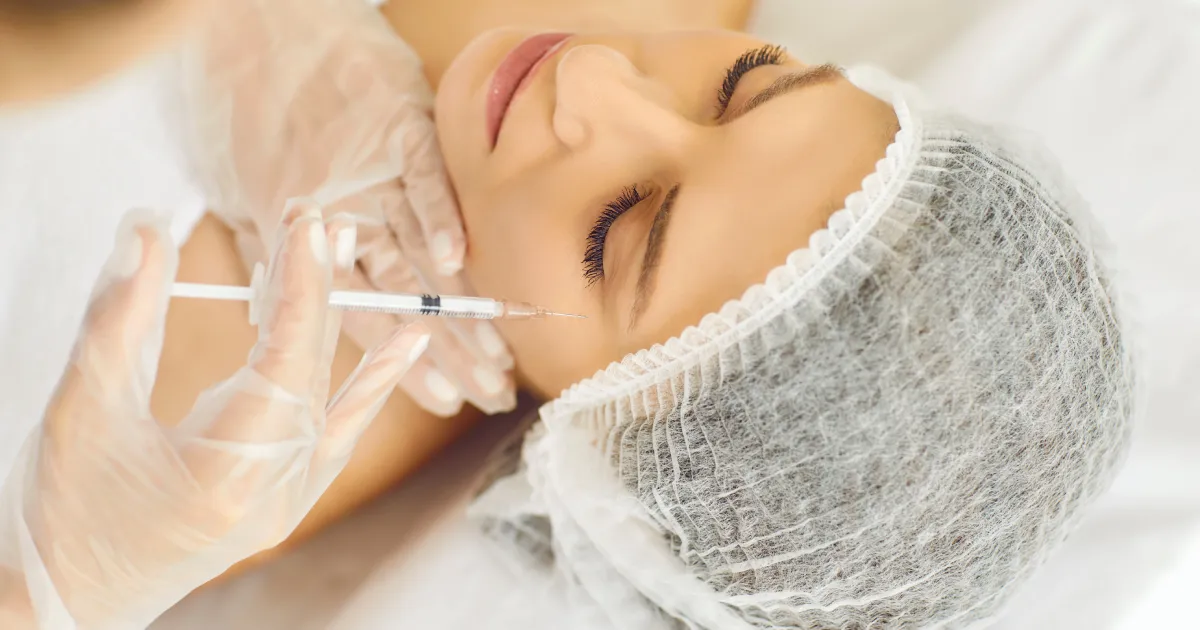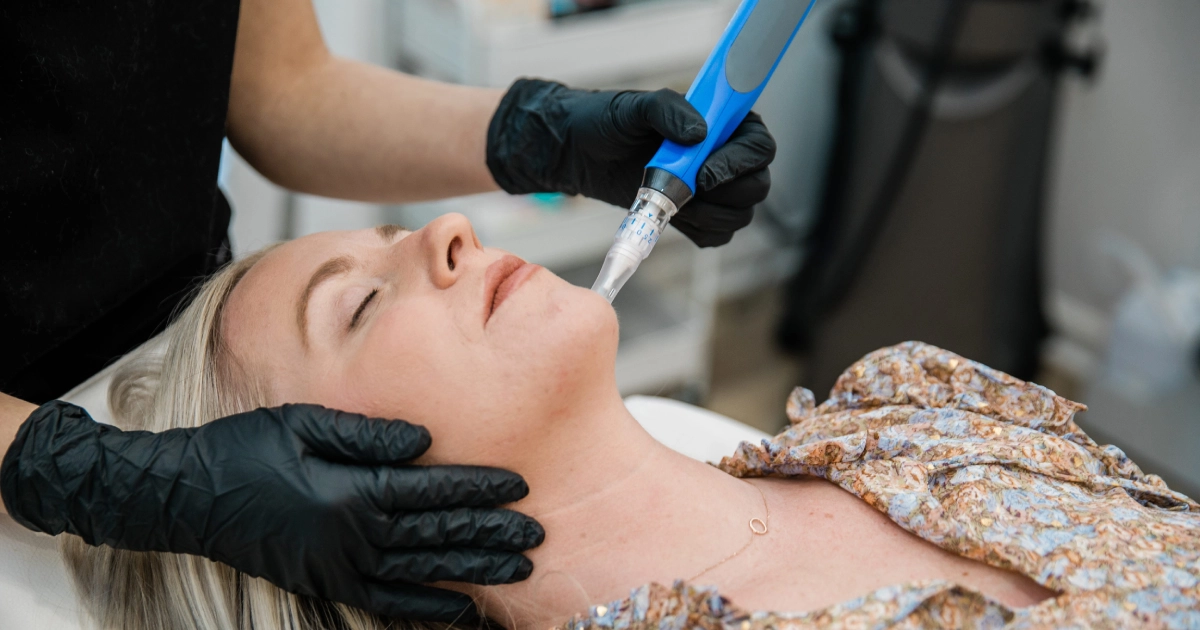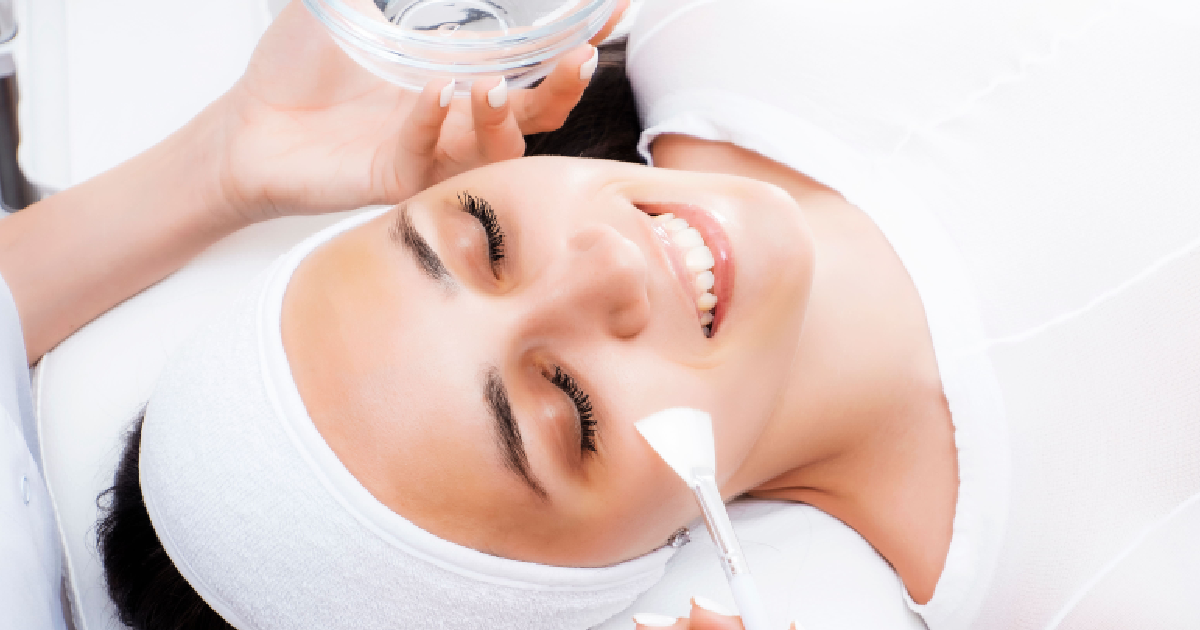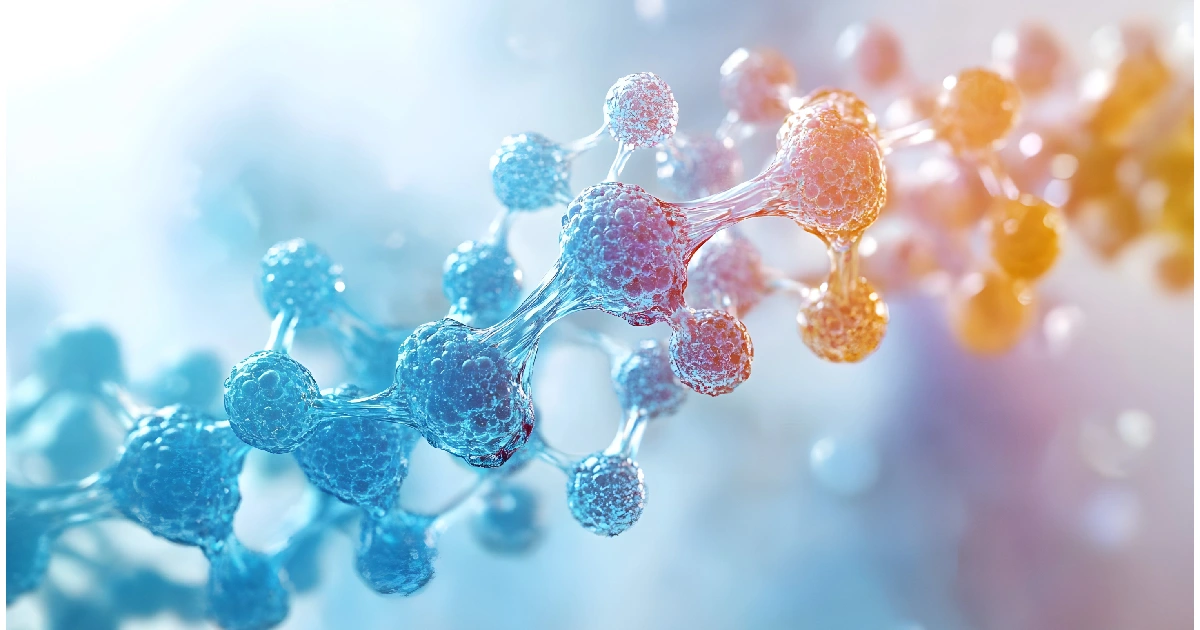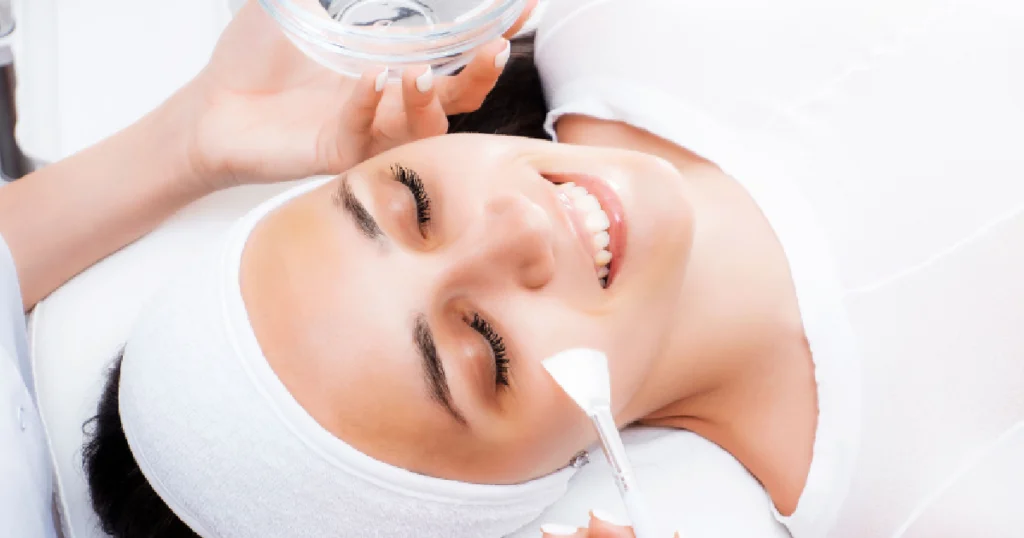
Table of Contents
You’re not alone if you’ve been staring at your skin in the mirror, wondering if anything short of a laser or surgery can really make a difference. Many are searching for minimally invasive ways to smooth fine lines, fade dark spots, and treat persistent acne scars. That’s where chemical peels step in—offering results without the downtime of more aggressive options.
From treating years of sun damage to smoothing out stubborn texture, chemical peels have quietly become one of the most versatile and effective treatments in aesthetic skincare. Chemical peels offer a proven solution for multiple skin conditions by working beneath the surface to remove damaged layers and stimulate the growth of healthier skin cells. At The Steele Vault, we’ve seen how these treatments can transform not just skin appearance, but also how people feel about themselves.
Why Chemical Peels Work for So Many Skin Concerns
Unlike many topical products that sit on the skin’s surface, chemical peels go deeper. They use medical-grade exfoliating acids to gently remove damaged skin layers, promoting fresh cell turnover. This makes them highly effective for a range of skin conditions—especially when performed by trained professionals like those at The Steele Vault in Holladay, UT.
Let’s explore five common skin concerns that chemical peels are known to dramatically improve.
1. Chemical Peel for Acne Scars
Acne doesn’t always leave when the breakout ends. It often leaves behind pitted scars or dark post-inflammatory marks. A chemical peel for acne scars can help fade these imperfections by stimulating new skin cell growth, which gradually fills in textural irregularities over time.
Medium-depth peels, in particular, are effective for:
- Rolling or boxcar scars
- Post-acne pigmentation
- Enlarged pores around breakout-prone areas
If you’re tired of concealing acne scars daily, a series of peels may help reveal a smoother, more even canvas.
2. Chemical Peel for Wrinkles
Fine lines and wrinkles develop as our skin loses collagen and elasticity. A chemical peel for wrinkles doesn’t just slough off dead cells—it also stimulates collagen production beneath the surface to help smooth and firm the skin over time.
For expression lines, crepey skin, and shallow wrinkles:
- Light peels can refresh dull skin
- Medium peels can visibly soften deeper lines
- Deeper peels offer more dramatic results (with longer recovery)
Wrinkle reduction is one of the top benefits of chemical peels for patients over 35 looking for subtle but visible rejuvenation—without injections or surgery.
3. Chemical Peel for Dark Spots and Sun Damage
Years of UV exposure can leave behind melasma, age spots, and blotchy pigmentation. A chemical peel for dark spots is one of the most targeted treatments for correcting these discolorations and restoring a more even skin tone.
Depending on the depth and type of pigment, your provider at The Steele Vault may recommend:
- Glycolic acid peels (for surface-level issues)
- TCA peels (for deeper pigment)
- Customized treatments based on your Fitzpatrick skin type
Peels help resurface the skin, lifting dark spots and evening tone, which makes skin appear clearer and more youthful.
4. Chemical Peel for Hyperpigmentation
Not all discoloration is caused by the sun—hormones, acne, and even inflammation can leave behind stubborn patches of uneven tone. A chemical peel for hyperpigmentation works by disrupting the melanin production process and gradually fading excess pigment for a clearer, more balanced complexion.
This is especially helpful for:
- Melasma
- PIH (post-inflammatory hyperpigmentation)
- Uneven tone from past irritation
By lifting dead cells and stimulating healthier skin underneath, peels allow topical brighteners to work better, maximizing your skincare routine’s potential.
5. Chemical Peel for Glowing Skin
Sometimes the concern isn’t damage—it’s dullness. If your skin feels flat or lifeless, a chemical peel for glowing skin can remove the layer of dead cells that block light reflection. What’s revealed? Glowing, refreshed skin with a brighter, more vibrant appearance.
Great for:
- Events or weddings
- Seasonal skin transitions
- Skin maintenance between other treatments
This is a subtle but powerful way to maintain your skin’s clarity and radiance without downtime.
Why People Are Turning to Chemical Peels
Chemical peels in Holladay, UT, are gaining popularity beyond their effectiveness—they’re designed to work with your schedule. Whether you’re balancing professional duties, family time, or personal activities, they deliver:
- Minimal downtime
- Customizable depths for different concerns
- Long-lasting results with consistent care
The Steele Vault has designed its peel services around patient comfort and skin safety, ensuring that each peel is personalized and professionally guided. If you have questions about which option is right for you, contact us to learn more.
Who Benefits Most from Chemical Peels?
Chemical peels aren’t one-size-fits-all, but many people make excellent candidates. You may benefit from a peel if you:
- Are dealing with mild to moderate fine lines, scars, or discoloration
- Have a fair to medium skin tone (though options are available for deeper tones too)
- Want smoother, more even skin without lasers or injectables
- Can follow pre- and post-treatment care instructions
If you’re unsure whether a peel is right for your skin type or goals, a consultation is the best next step.
What to Expect Before, During, and After a Chemical Peel
Before Your Peel
You’ll need to avoid exfoliants, retinoids, and sun exposure for about a week prior. A consultation helps determine your skin’s sensitivity and select the right type of peel.
During the Treatment
The process is quick—usually 30 minutes. A chemical solution is applied and left on briefly. You may feel tingling or mild warmth.
After the Peel
Downtime varies:
- Light peels: 1–3 days of flaking
- Medium peels: 5–7 days of peeling
- Deep peels: Up to two weeks of recovery
Results begin to show as skin heals—usually within 7 to 14 days, with continued improvement over time.
FAQs: What You’re Probably Wondering
How often should I get a chemical peel?
Light peels can be done monthly, while medium-depth peels are usually spaced every 3–6 months.
Will I peel a lot?
Not always. Peeling intensity depends on the depth of the peel and your skin’s reaction. Light peels may cause flaking more than actual peeling.
Are chemical peels safe for sensitive skin?
Yes—when administered by a licensed provider, chemical peels can be adjusted for sensitive skin types to ensure comfort and safety.
Radiant Skin Is Closer Than You Think
If you’re frustrated with uneven skin tone, dullness, or long-standing scars, chemical peels could be your solution. They’re safe, versatile, and professionally administered at The Steele Vault—where your skin’s health comes first. Whether you’re looking for a clearer complexion or a boost in confidence, chemical peels offer both cosmetic and emotional returns.
Reveal radiance – book an appointment with our trusted team and take one step closer to skin that feels as good as it looks.
